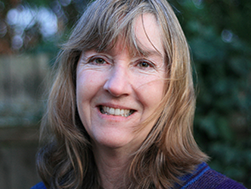Professor Andrew Ramage
Andrew Ramage, grew up in war-time in Worcestershire, and then in London. In his youth, he dug in bomb sites in Canterbury, and at Verulamium and Knossos. He was an undergraduate at Clare College, Cambridge, and has a Ph.D. in Classical Archaeology from Harvard University. He taught briefly at Windham College in Vermont, at the University of Massachusetts in Boston, and at Cornell University, where he was Professor of the History of Art and department chair. He has excavated for many years at the Harvard-Cornell excavations in Sardis, Turkey, where he is the associate director of the dig. He discovered the gold refinery of King Croesus, and also the great city wall, as well as many layers of the early city. One of his specialties is numismatics.
Andrew lives in Ithaca, New York. He and his wife Nancy had visiting fellowships at Clare Hall (2007, 2008), and since then, they have returned every year during the winter months. They have two children and six granddaughters, four of whom live here in Cambridge.
Select publications
- “The Distribution of Lydian Burial Mounds,” in Studies Presented to George M.A. Hanfmann, (Cambridge, 1971), pp. 143‑160, with N.H. Ramage.
- Lydian Houses and Architectural Terracottas. Archaeological Exploration of Sardis Monograph 5 (Harvard University Press, Cambridge, 1978).
- Roman Art: Romulus to Constantine Prentice-Hall Publishers. With N.H. Ramage. Also published as The Cambridge Illustrated History of Roman Art. 6 editions. Translated into German, French, Dutch, modern Greek, Korean, and Chinese.
- The British Museum Concise Introduction: Ancient Rome. British Museum Press 2008. with N.H. Ramage.
- King Croesus’ Gold, with P.T. Craddock. Archaeological Exploration of Sardis, 2000.



